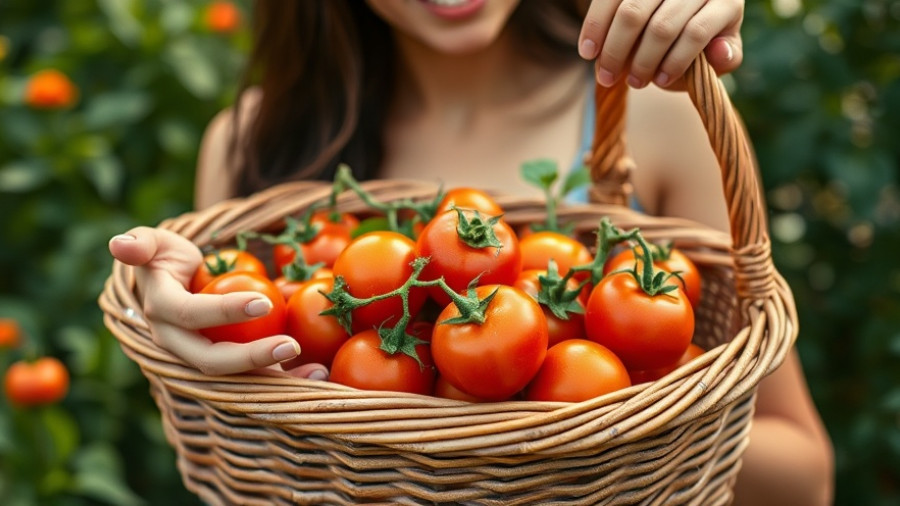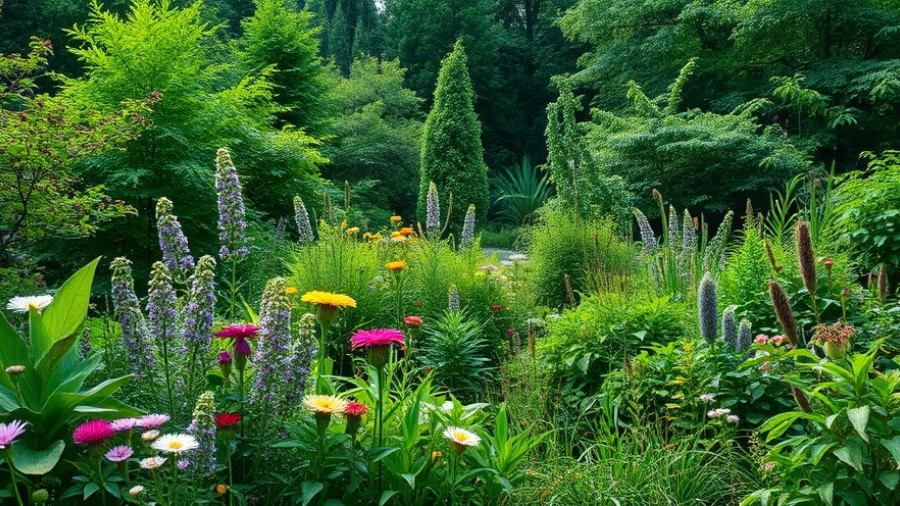
Unleashing the Power of Shade: Culinary Herbs That Thrive
When planning a home garden, many homeowners envision sun-drenched plots with vibrant plants basking in the glory of direct light. However, it’s a common misconception that all herbs require full sun to flourish. In reality, numerous herbs not only survive but thrive in shady environments, offering tantalizing flavors and aromas to our kitchens without the constant battle against the sun's harsh rays.
Rethinking Shade in the Kitchen Garden
Understanding which herbs do well in shade is invaluable, especially for those with less than ideal gardening conditions. Whether it’s a backyard corner shrouded by trees or a balcony that receives limited light, these shade-loving herbs can transform your home cooking experience. Research shows that shifting sun exposure dramatically impacts the growth rates and flavors of herbs, revealing the potential for culinary experimentation even in challenging light situations.
Top Shade-Approved Herbs to Boost Your Culinary Adventures
Here are some top picks for herbs that flourish in shaded gardens, perfect for those looking to add new dimension to their cooking:
- Basil: Varieties like Thai and Purple basil love dappled shade, holding their vibrant flavors longer than those exposed to harsh sunlight.
- Mint: Known for its refreshing taste, mint is happy in the shade and can reduce water needs significantly, making it a low-maintenance herb.
- Cilantro: This herb not only survives but thrives in partial shade, delaying bolting and enhancing its flavor profile over time.
- Chives: Perfect for adding a mild onion flavor to dishes, chives are known to adapt superbly to shaded areas.
- Parsley: Both flat-leaf and curled varieties can flourish in shadowy spots, enriching your salads and garnishes.
Planting Techniques for Best Results
Once you’ve identified your shade-loving herbs, the next step is ensuring their successful growth. Planting herbs in rich, well-draining soil will support their health. Additionally, using pots can provide better control over moisture levels, preventing root rot, especially in shady areas where water can linger.
Consider strategic placements, such as beneath taller plants that can provide intermittent shade but still allow for some light. This helps herbs receive the appropriate amount of sunlight without exposing them to the stress of extreme heat.
Culinary Benefits of Shady Herbs
Utilizing these herbs increases not just the flavor of your meals but also their nutritional benefits. Many herbs contain antioxidants and vitamins that contribute to a balanced diet. For instance, cilantro is known for its detoxifying properties while mint aids in digestion—attributes that become even more appealing when easy access from your edible garden exists.
Shaping Your Garden for Success
Gardening in the shade may sound limiting, but it offers a unique opportunity to get creative with your culinary adventures. Homeowners can experiment with different planting arrangements, try companion planting, and learn which herbs synergize with one another. This exploration enhances not just skill in the garden but also in the kitchen.
Concluding Thoughts: Embrace Shade for Flavor
Transform the way you see your garden by embracing the diverse range of herbs that thrive in low light. By expanding your home herb garden to include plants that enjoy the shade, you open up a world of flavor and creativity in your cooking. Don't shy away from those shadowy corners—rather, invite them into your culinary endeavors!
Ready to get started? Explore your garden today, and increase your culinary herb knowledge with shade-friendly options. Your meals deserve it!
 Add Row
Add Row  Add
Add 




Write A Comment